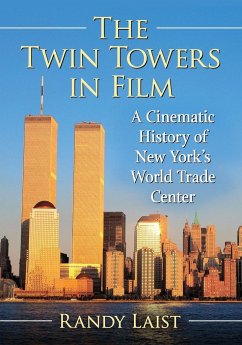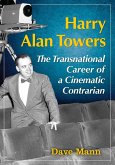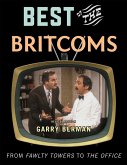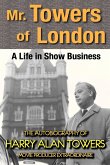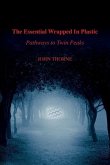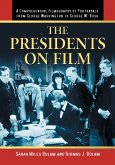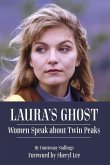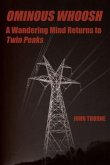For thirty years, the twin towers of the World Trade Center soared above the New York City skyline, eventually becoming one of the most conspicuous symbolic structures in the world. They appeared in hundreds of films, from Godspell and Death Wish to Trading Places, Ghostbusters and The Usual Suspects. The politicians, architects and engineers who developed the towers sought to imbue them with a powerful visual presence. The resulting buildings provided filmmakers with imposing set pieces capable of conveying a range of moods and associations, from the sublime and triumphal to the sinister and paranoid. While they stood, they captured the imagination of the world with their enigmatic symbolism. In their dramatic destruction, they became icons of a history that is still being written. Here viewed in the context of popular cinema, the twin towers are emblematic of how architecture, film and narrative interact to express cultural aspirations and anxieties.
Hinweis: Dieser Artikel kann nur an eine deutsche Lieferadresse ausgeliefert werden.
Hinweis: Dieser Artikel kann nur an eine deutsche Lieferadresse ausgeliefert werden.

